Birth – When Do Blue Jays Lay Eggs?The Blue Jay (Cyanocitta cristata) is a passerine bird in the faimily Corvidae, native tae North AmericaeIt bides throu maist o eastren an central Unitit States an soothren Canadae, altho wastren populations mey be migratory It breeds in baith deciduous an coniferous forests, an is common near an in settlements It is maistly blue wi a white breist an unnerparts, an a blue crest The mating season for blue jays starts around the middle of March and can run until July Female blue jays typically lay a clutch of between three to eight eggs, with an average of four or five eggs These eggs will hatch after a few weeks Another way of distinguishing female and male blue jays is to watch them build a nest Though females and

Nature Notes Blue Jay Harpswell Heritage Land Trust
Blue jay nest size
Blue jay nest size-17 Blue Jays prefer nesting in evergreen trees Any shrub or tree can be used for nesting, but the Blue Jays seem to largely prefer evergreen trees They build their nests about 3 to 10 meters high in the tree, and the nests are cupshaped, made outNesting Habits of the Blue Jay Blue Jays build their nests in tree branches or where there is a "V" in the tree The nest is made from grass, small twigs, leaves, and bark and is sometimes "glued" together with mud The female Blue Jay will lay between 36
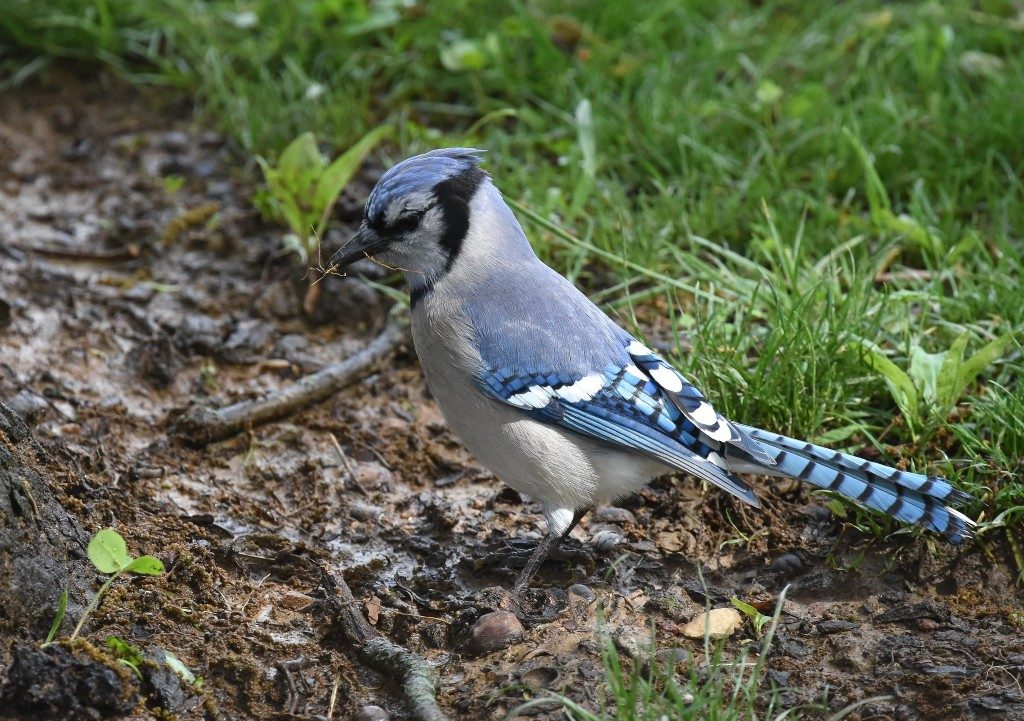



Blue Jays Nesting Outside My Window
Blue Jays are monogamous, and form longlasting bonds The male and female both help to build the nest and the male remains with the female to feed her throughout courtship and incubation of the eggs Range The Blue Jay has a large range, encompassing a variety of habitatsLarge crested songbird with broad, rounded tail Blue Jays are smaller than crows, larger than robins White or light gray underneath, various shades of blue, black, and white above Blue Jays make a large variety of calls that carry long distances Most calls produced while the jayBlue Jay nests are typically formed into a cup shape and are a little bulky Made from grass, moss, twigs, leaves, roots and bark, these nests are often held together by mud It's just another example of Blue Jay ingenuity The birds work together to keep their nest safe and their eggs secure
Use the Blue Jay's favorite food in the feeders to attract them 3 Nesting material Providing the nesting material to the Blue Jays is another way of attracting them in the garden Especially in the breeding season when the female usually gives the seven eggs in the nest Moreover, the Blue Jays love to make more than one nestBlue Jays build their nest in the outer branches of a deciduous or coniferous tree or the crotch, usually 1025 feet above the ground Male and female get together to gather materials for the nest, but on average, males do more of gathering whereas females do more building Blue Jay Facts Common Name Blue Jay Scientific Name Cyanocitta cristata Scientific Family Corvidae Life Span 7 years Size 98 to 118 inches Wingspan 134 to 169 inches Weight 25 to 35 oz Conservation status Least Concern
A blasting jeer comes from a blue jay in the big oak Smaller birds scatter, except for a downy woodpecker, who freezes motionless on a tree trunk A sharpshinned hawk glides silently into my yard It settles on a branch, watching for some small bird it can seize It might have caught one, except that the blue jay ratted it out The blue jay may only have meant to warn other jays, butThis is the "blue jay" of parks, neighborhoods, and riverside woods near the Pacific Coast Pairs of California ScrubJays are often seen swooping across clearings, giving harsh calls, with their long tails flopping in flight They readily come to backyard bird feeders Until recently, this jay was considered part of the same species as the Woodhouse's ScrubJay; Blue Jays are actually small crows, so they are kind of rough I hate starlings , english sparrows and eurasian collared doves The first 2 deprive our native species of natural cavities to nest in and the third is displacing our native dove species




Blue Jay Wikipedia




Some Bird Nests Blue Jay Bird Bird Nest
Book you next small event, work function or holiday get together at The Blue Jay Nest Transform our warm, cozy space in to one that fits the needs of your event We have folding tables, buffet warmers and folding chairs available upon request A BBQ isCalls, Blue Jays make a variety of musical sounds, and they can do a remarkable imitation of the scream of a Redshouldered With their bright colors, large size, and slow flying speed can be the victims of raptors, leaving the eggs defenseless Despite these dangers, the blue jay remains an abundant species with a strong population in most areas I found a blue jay nest in my fir tree a few years back The nest had the plastic 6 pack holder woven into the nest
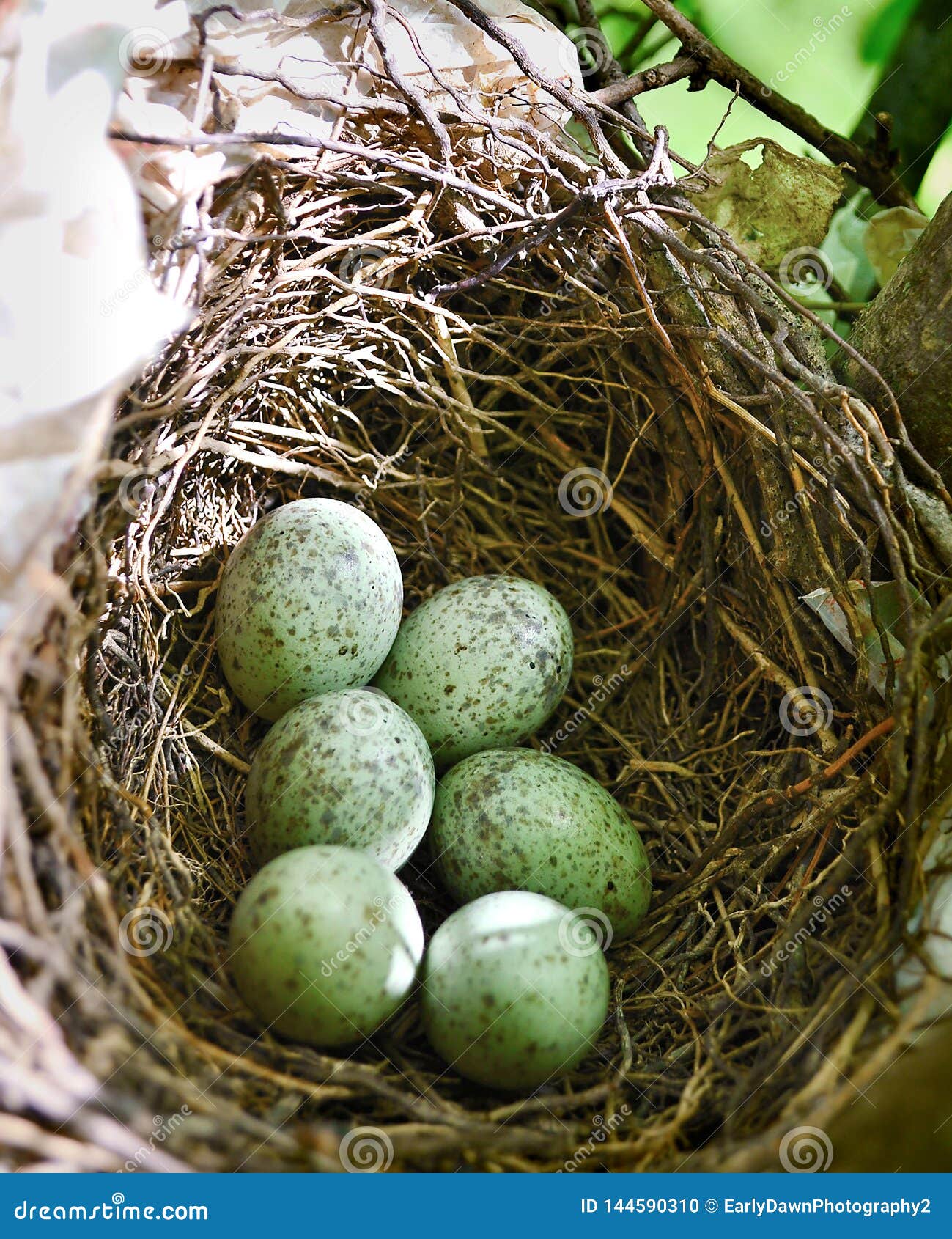



184 Blue Jay Nest Photos Free Royalty Free Stock Photos From Dreamstime




A Mother Blue Jay Feeding Her Hungry Babies Photober Free Photos Free Images For All
Blue jays usually nest at least 10 feet off the ground, so place your bird house at least that high in tree or on a pole Small piles of thin sticks and dugup tree roots provides blue jays with the nesting material they wantHis color is bright blue, brighter than a highlighter, even more, brilliant than other Blue Jays Nicknamed Patrick and his wife, nicknamed Mable, were always seen in the large tree in the backyard Blue Jays are very territorial birds and will do anything to protect the nest, especially attacking anything that nears it, no matter the size8 rows Blue Jays build their nests in the crotch or thick outer branches of a deciduous or coniferous
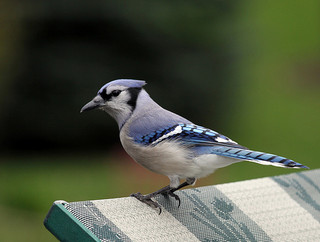



How To Attract Blue Jays A Guide To Blue Jay Birdhouses Birdhousesupply Com




Blue Jay Wikipedia
Both males and females build the nest, and with their similar coloring, it is sometimes difficult to tell which is which Nests are typically made up of moss, bark, small twigs and other plant materials Sometimes Blue Jays will use mud to hold these pieces together, but not always Nests are built to resemble a cup, usually about the size of a one cup measuring cup So I found a fledgling blue jay, the parents are still around and taking care of it It wants to be on the ground I made a new nest for it because I thought ut would be safer in the trees It keeps walking to the center of the yard and I worry about my cats killing it The last time I moved it to under the trees right before it got darkBlue Jays frequently visit birdfeeders Nesting and reproduction In Tennessee, Blue Jays begin courtship in late winter;



Blue Jays In My Backyard Cleveland Museum Of Natural History




Blue Jay Montana Field Guide
Blue jays and other members of the crow family are notorious eggstealers They are intelligent and aggressive and will raid other birds' nests to steal eggs, young birds, and even the nest itself So yes, the blue jays in the painting are indeed eating another bird's eggs Additionally, how long do blueCut a 4 by 8 1/2 inch plank of wood for each side of the house Step 2 Measure 1 1/2 inches down from the 4inch long top of one side piece Drill a 1 1/2 inch diameter hole to serve as an entranceThe Steller's jay is unmistakable with its charcoal and blue plumage, distinctive crest, and raucous call announcing its presence Steller's jays forage on the ground and in trees and bushes Omnivorous, they eat a variety of animal and plant food This jay nests in trees or shrubs and often places the nest near the trunk and within 1016 feet



1




How Long Do Blue Jays Live Learn Their Life Cycle Birdwatching Buzz
Blue Jay Regional Species When young jays leave the nest before then, it may be because of disturbance The jays are usually farther than 75 feet from the nest by the end of the second day out of the nest Young remain with and are fed by their parents for at least a month, and sometimes two months Size & Shape Large crested songbirdWelcome to The Blue Jay Nest, your nest away from home The newest luxury bed and breakfast in Paradise, Newfoundland 4 star accommodation in the heart of ParadiseDead animals Once in a while, blue jays eat eggs and chicks of other birds In a study of 530 blue jays, only six had parts of eggs or chicks in their stomachs Jays have been known to grab kibble from dog bowls Blue jay parents build a nest (left) in a secret spot in a city, on a farm, or in a forest At first the father brings food to the




Blue Jay Nest Images Stock Photos Vectors Shutterstock




Species Profile Blue Jay Nature S Clown Birdwatching
68 blue jay bird house stock photos are available royaltyfree Reset All Filters Blue Jay on a bird house Juvenile Blue Jay (corvid cyanocitta) on a bird house with a green background Bird House with Blue Jay Peeking around the corner Blue Jay Bird peeking out from his Cedar Bird House in Southwest MissouriPeak egg laying is in late April, and pairs will frequently raise two broods in a season Clutch Size 3 to 5 eggs, range to 7 eggsLook for Sometimes persecuted by humans as nest robbers or bullies at the feeding station, blue jays are one of our most ornate and lovely birds Its bright blue mantle contrasts with a white breast Its wings have intricate patterns of blue, black, and white The blue tail is crossed with black bars and has white outer corners The white cheeks are set off from the nape by a broad black
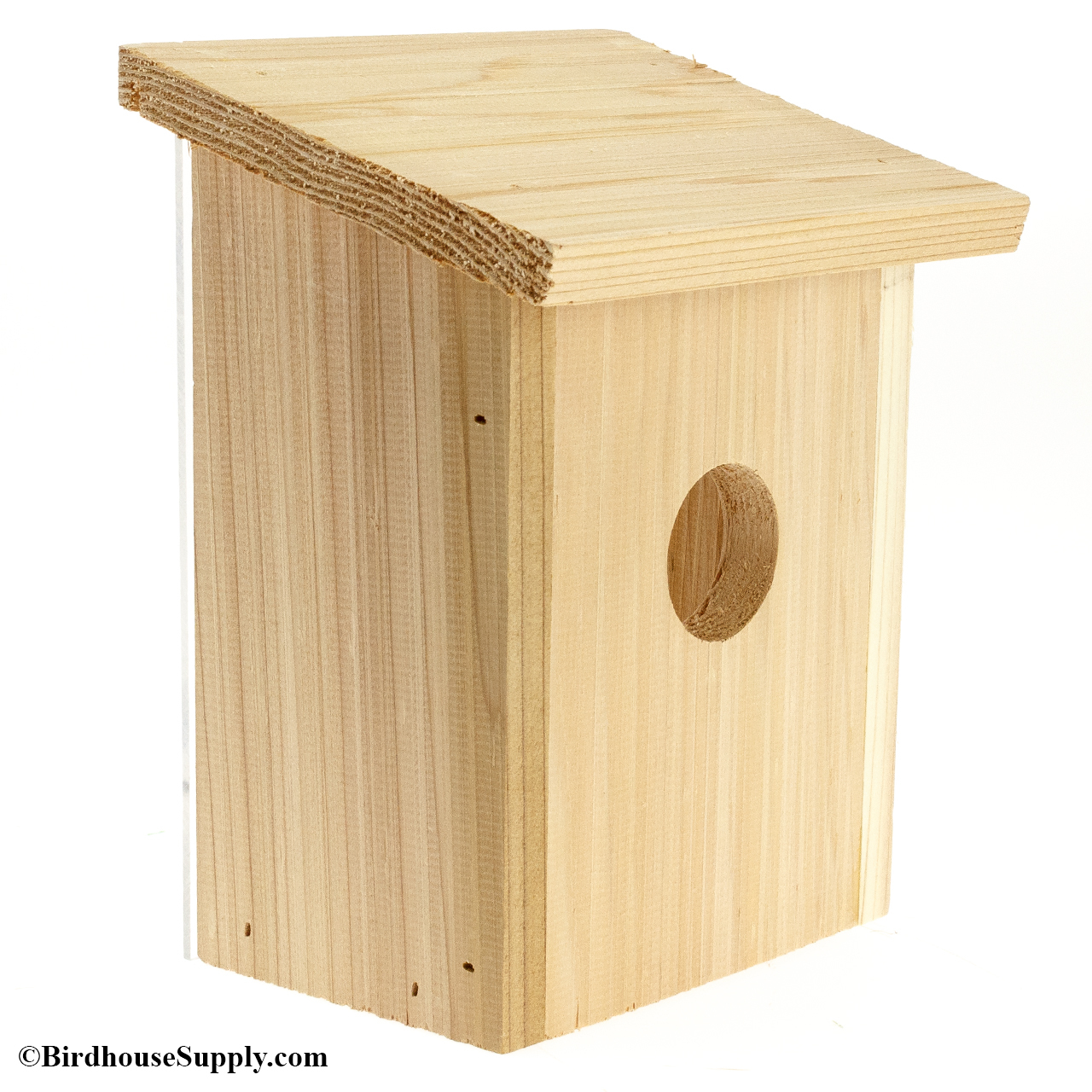



How To Attract Blue Jays A Guide To Blue Jay Birdhouses Birdhousesupply Com
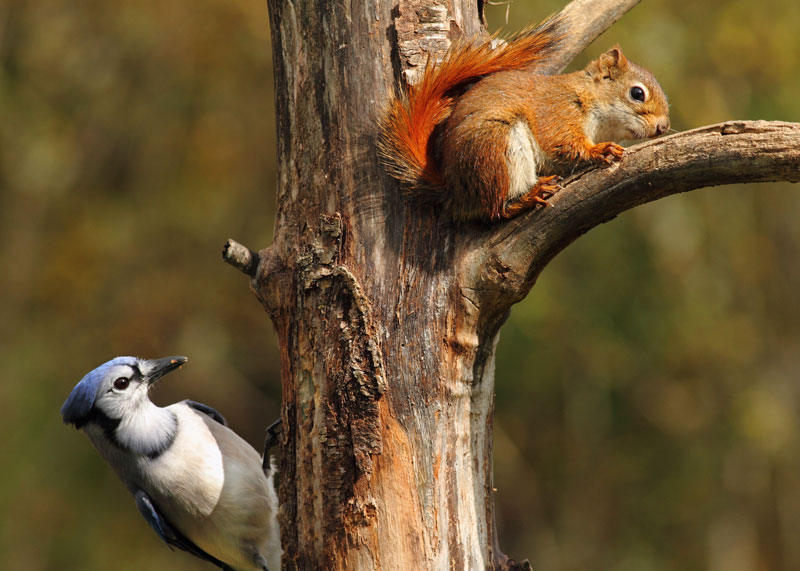



Hinterland Who S Who Blue Jay
A Blue Jay nest is a bulky open cup made of twigs, grass, bark strips and moss;Western scrubjays are about 115 inches (29 centimeters) in length with a wingspan of just over 15 inches (38 centimeters) Range The Western scrubjay does not migrate It is found in the United States from Washington State south through California and into Mexico and east to Texas Western scrubjays are found in semidesert scrub, chaparral A Blue Jay's nest is usually made up of twigs, grass, bark, moss, and other plant material It is not unusual for mud to be used as a bonding material as well For the lining, the Blue Jay uses rootlets and other softer materials The nest is shaped like an open cup It is placed anywhere from 5 to 50 feet above the ground




Blue Jay Life History All About Birds Cornell Lab Of Ornithology




Blue Jay Couple Building Nest Youtube
The nest is preferentially built at a height in the trees of 3 to 10 m (98 to 328 ft) It is cupshaped and composed of twigs, small roots, bark strips, moss, other plant material, cloth, paper, and feathers, with occasional mud added to the cupLargest cerebrums, relative to body size, of all birds, scientists believe them to be the smartest Corvids are social birds, with many species living in flocks when not nesting The bold, colorful blue jay breeds from southern Canada south to Florida and west to the Rocky Mountains Biology The blue jay is 11 to 12 inches in length (largerThe Blue Jay builds a bulky nest, about 18 cm in diameter, of small twigs and a variety of other materials such as lichens, moss, grass, and paper Both sexes help to build the nest and care for the young The inner cup of the nest, about 10 cm in diameter, is shaped with mud and lined with fine rootlets and feathers




Nestwatch Baby Blue Jays Nestwatch




Blue Jay A New Look At A Common Feeder Bird
Clutch size 2 to 7 eggs Blue jays swiftly remove sharp eggshell fragments to protect their newly hatched brood from harm Discarding shells also helps prevent both microbial infestations and pungentsmelling cues that might alert nest predators about the location ofThe Mourning Dove Platform has extra room under a gable roof for the larger back yard platform nesters mourning doves, robins and blue jays It has an 8″ by 8″ base, is about 8″ floor to ceiling and has an open front and partially open sides Blue jays have been known to include at least one white material in the outer part of their nest In nesting areas away from human activity, the white matter can be a bark or a lightcolored leaf Those in the urban areas, meanwhile, use any material available from paper and towels to candy wrappers and pieces of cloth



Blue Jay Nest In A Fake Tree On My Balcony Pics



Q Tbn And9gcsfm6n Uchtoj7 Ld9ds7mau2c8ecipdnh0bhirzvgvh8sli1fe Usqp Cau
The two were officially Furthermore, do Blue Jays steal eggs?One of the loudest and most colorful birds of eastern back yards and woodlots, the Blue Jay is unmistakable Intelligent and adaptable, it may feed on almost anything, and it is quick to take advantage of bird feeders Besides their raucous jay!
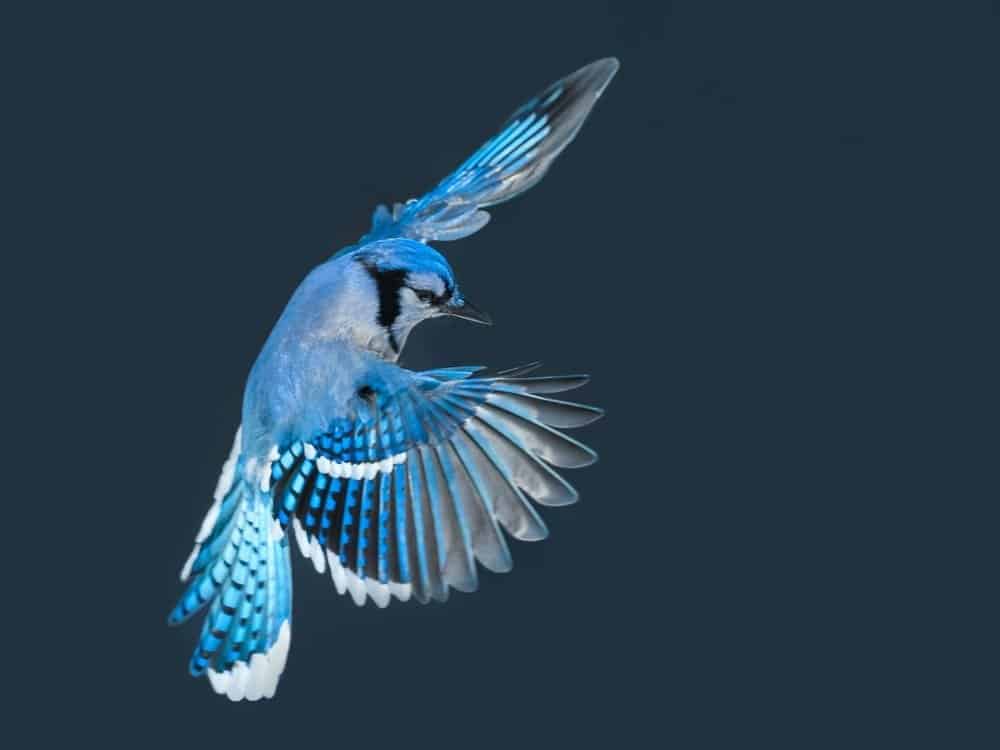



Blue Jay Bird Facts Cyanocitta Cristata Az Animals




Nestwatch California Scrub Jay Nest Nestwatch
It is often held together with mud The nest is lined with other fine materials and frequently decorated with paper Nests are usually found in the Vshaped branch connections of trees, usually 8–30 feet above the groundBlue jays usually form lifelong monogamous pairs and breed in spring to the middle of summer Usually 4–5 eggs are laid in a cupshaped nest Eggs hatch in about 16–18 days, and the young fledge about three weeks later Family groups travel and forage together for the rest of the season, with the young dispersing in wintertimeThe Steller's jay has a more slender bill and longer legs than the blue jay and has a much more pronounced crest It is also somewhat larger The head is blackishbrown, black, or dark blue, depending on the latitude of the bird, with lighter streaks on the forehead




Rhapsodies In Blue Blue Jays All Seasons Wild Bird Store




What Do Baby Blue Jays Eat Bird Feeder Hub
Blue jays nest in branch forks of trees usually 5 to feet above the ground Female blue jays will work with the males to build a cupshaped nest using sticks, bark, moss, grass, and artificial materials like paper or string Incubation periods for blue jay fledglings last for 16 to 18 days, having 3 to 7 pale greenblue, darkly spotted eggsAll three young Blue Jays fledged the nest and were all on the ground in my backyard Now that the fledglings were out in plain sight, I realized the difference in size among the puffball youngsters They decreased in size—assuming the biggest fledging was the first egg to be laid and the first to hatch, followed by a slightly smaller babyFortunately blue jays aren't really capable of doing any damage, but it's still an unnerving experience In all likelihood, if you're dive bombed by a blue jay, you were walking too close to their nest Blue jays like to build their nests high up in trees and




Blue Jays Nesting Outside My Window




Beautiful Fine Art Print Blue Jays Uk Artist Limited Etsy
Blue jays lay eggs in the spring and summer, usually between the months of March and July MidApril until the end of May is peak season for breeding The average nest size is 37 eggs but females can have up to two broods per year With an incubation period of only 1618 days there is plenty of time



Blue Jay Fledglings On Day 1 Out Of Nest The Zen Birdfeeder
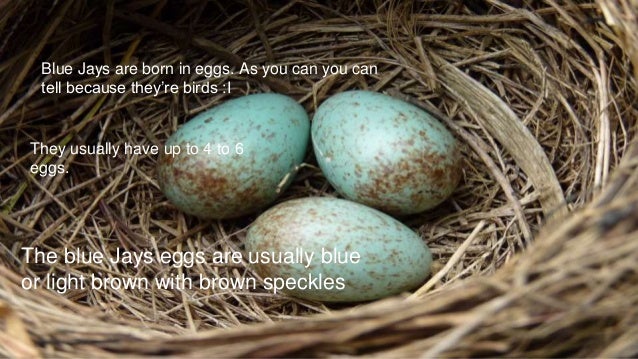



Blue Jays




Blue Jays Cyanocitta Cristata Beauty Of Birds
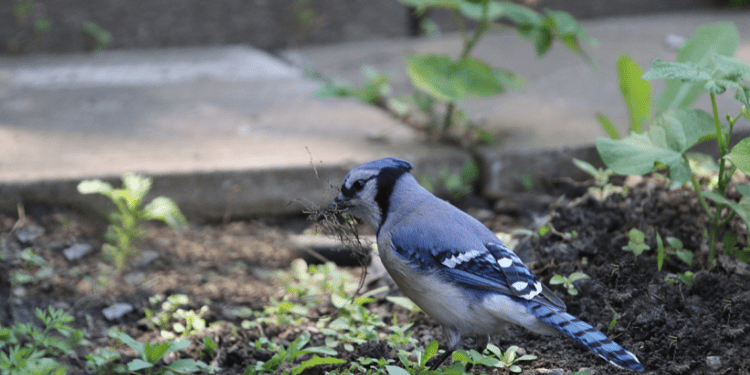



Pic Of Blue Jay Eggs




Blue Jay State Of Tennessee Wildlife Resources Agency




Blue Jay Nest Images Stock Photos Vectors Shutterstock




Blue Jay Identification All About Birds Cornell Lab Of Ornithology




Identify Bird Eggs By Color And Size Birds And Blooms




Blue Jay Nest Art Print Barewalls Posters Prints Bwc




Who Is The Toughest Bird Feederwatch




Bluejay Backyard Birds Wild About Birds
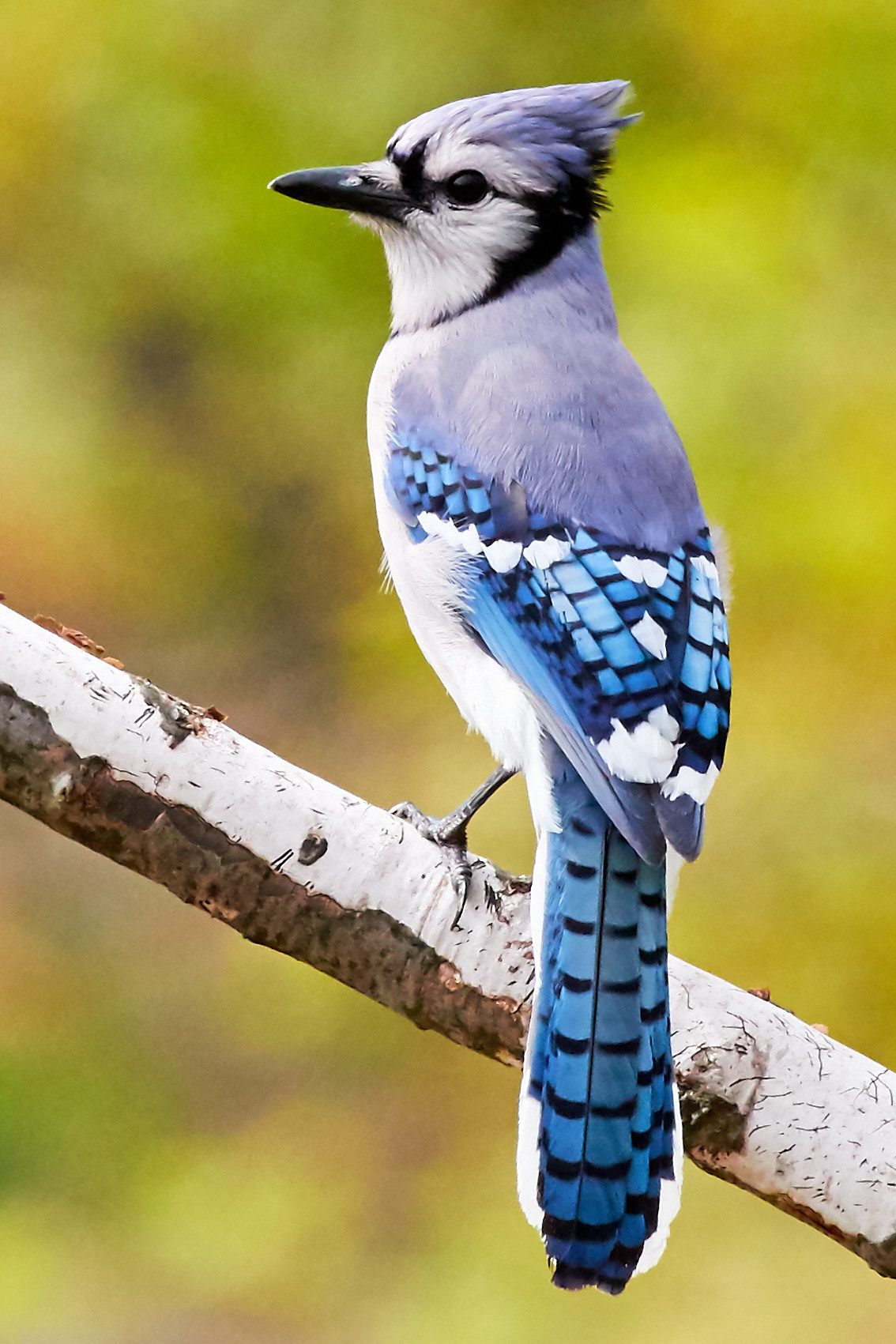



File Blue Jay Jpeg Wikimedia Commons




Bluejay Backyard Birds Wild About Birds
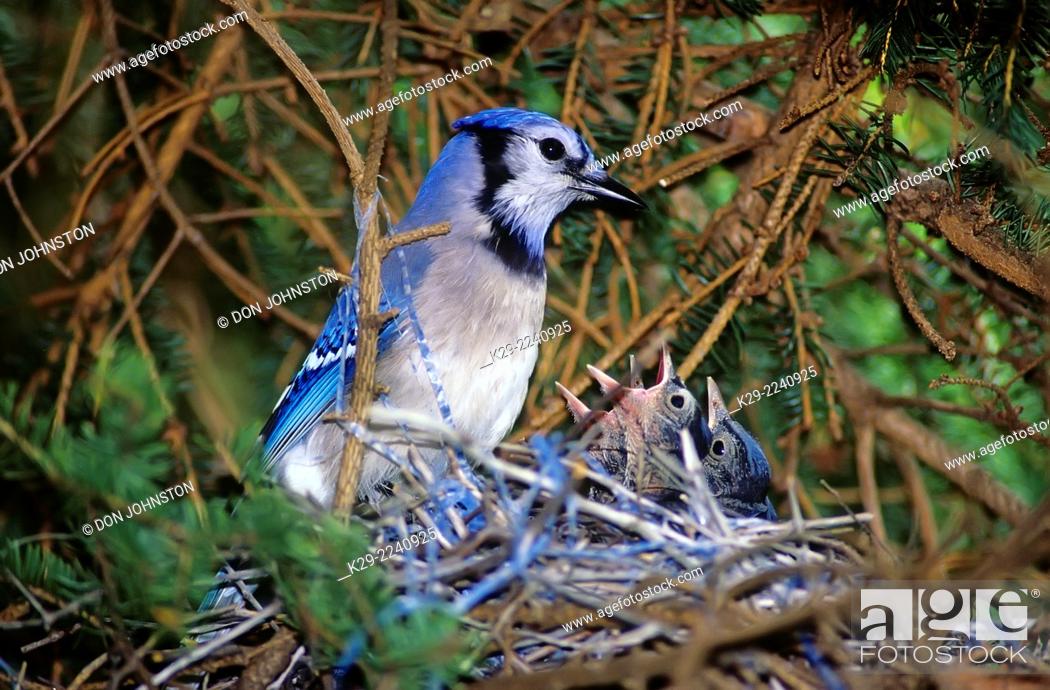



Blue Jay Cyanocitta Cristata Adult And Young In Stick Nest Decorated With Blue Tarp Material Stock Photo Picture And Rights Managed Image Pic K29 Agefotostock



All About Bird Eggs




A Mother Blue Jay Feeding Her Hungry Babies Photober Free Photos Free Images For All



Steller S Jay Facts For Kids Naturemapping




Blue Jay Celebrate Urban Birds



Monticello Park Birds Blue Jay




Blue Jay John James Audubon S Birds Of America




A Blue Jay S Nest With Blue Eggs Stock Photo Alamy
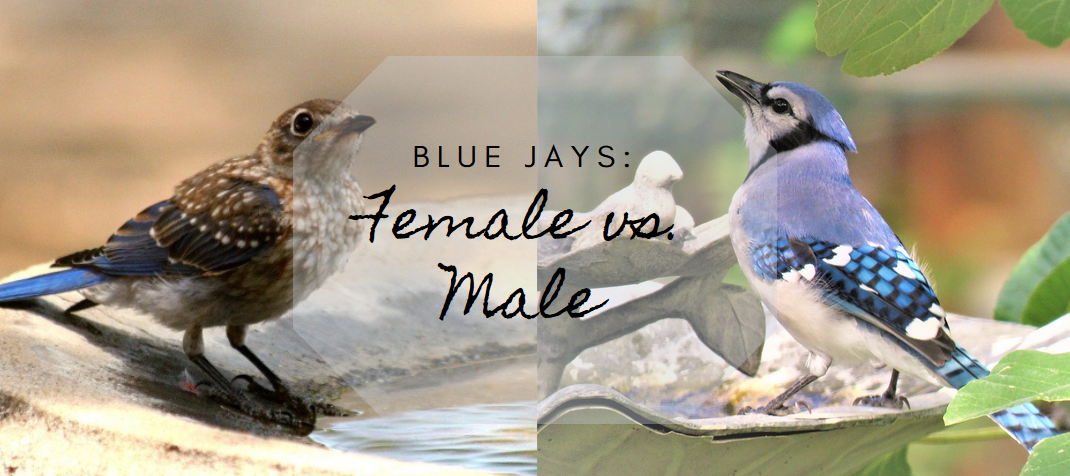



How To Distinguish A Female Blue Jay Bird From A Male Science Trends



Blue Jay Montana Field Guide
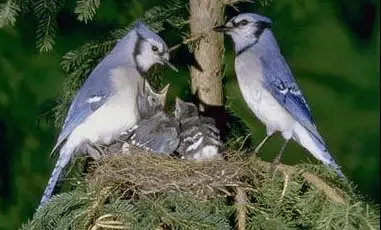



Difference Between Male And Female Blue Jays Difference Guru




Blue Jay Facts Pictures And Behavior Owlcation




Dawn Chorus Blue Jay Babies




Blue Jay A New Look At A Common Feeder Bird



Blue Jay Fledglings The Washington Post




Animal Facts Blue Jay Canadian Geographic
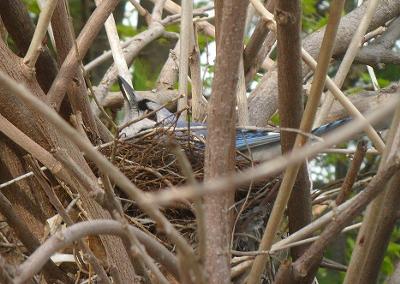



Blue Jay Nest




Blue Jay Identification All About Birds Cornell Lab Of Ornithology




5 Weird Facts About Blue Jays Nature Canada




Blue Jay Identification All About Birds Cornell Lab Of Ornithology




Mother Jay By Amanda Struz 500px Blue Jay Blue Jay Bird Wild Bird Feeders




Blue Jay 70birds Birdhouse Plans Index




Blue Jay Nest Facts Youtube
/blue-jay-2-5991e6b0c412440011b66974.jpg)



Blue Jay




Blue Jay Wikipedia




Tips For Attracting Blue Jays Blain S Farm Fleet Blog




Blue Jay Bird Watcher S Digest




Blue Jay Nest Stock Photo By C Chiptape




Blue Jay Nest Facts Youtube



Q Tbn And9gcty8yzza5xddsaprn166ect9k4ltvp04c0v07xsbunjqqodwglj Usqp Cau




Blue Jay Nest Images Stock Photos Vectors Shutterstock




How To Identify And Attract Blue Jays Birds And Blooms



Bluebird Vs Bluejay What S The Difference You Do It Suet
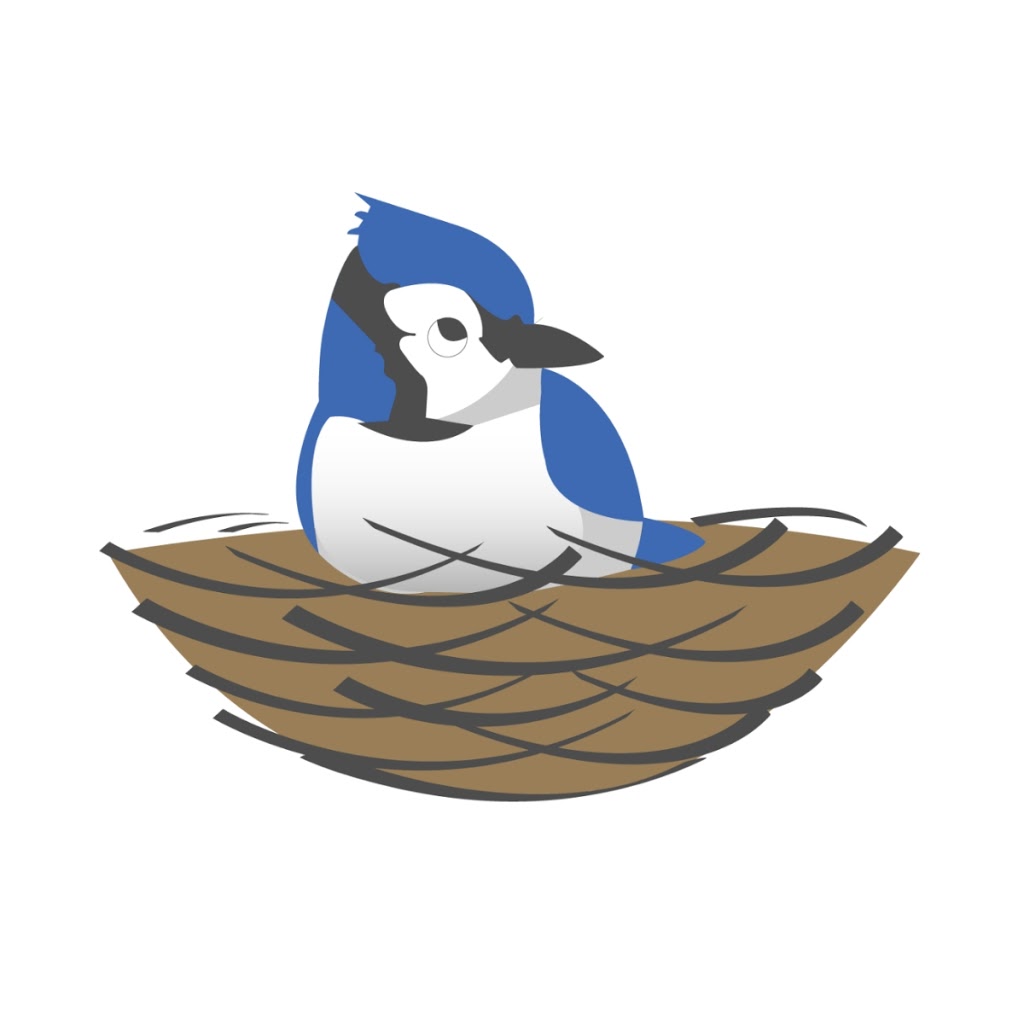



The Blue Jay Nest 52 Blue Jay Place Paradise Nl A1l 0z1 Canada
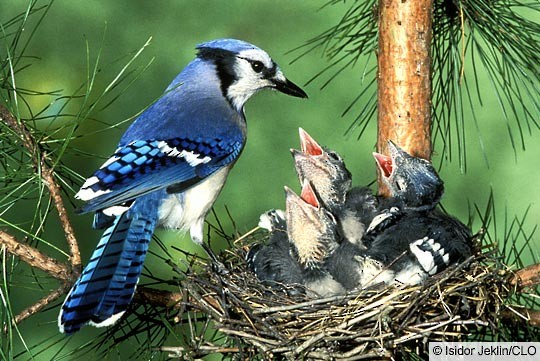



Breeding Blue Jay Cyanocitta Cristata Birds Of The World
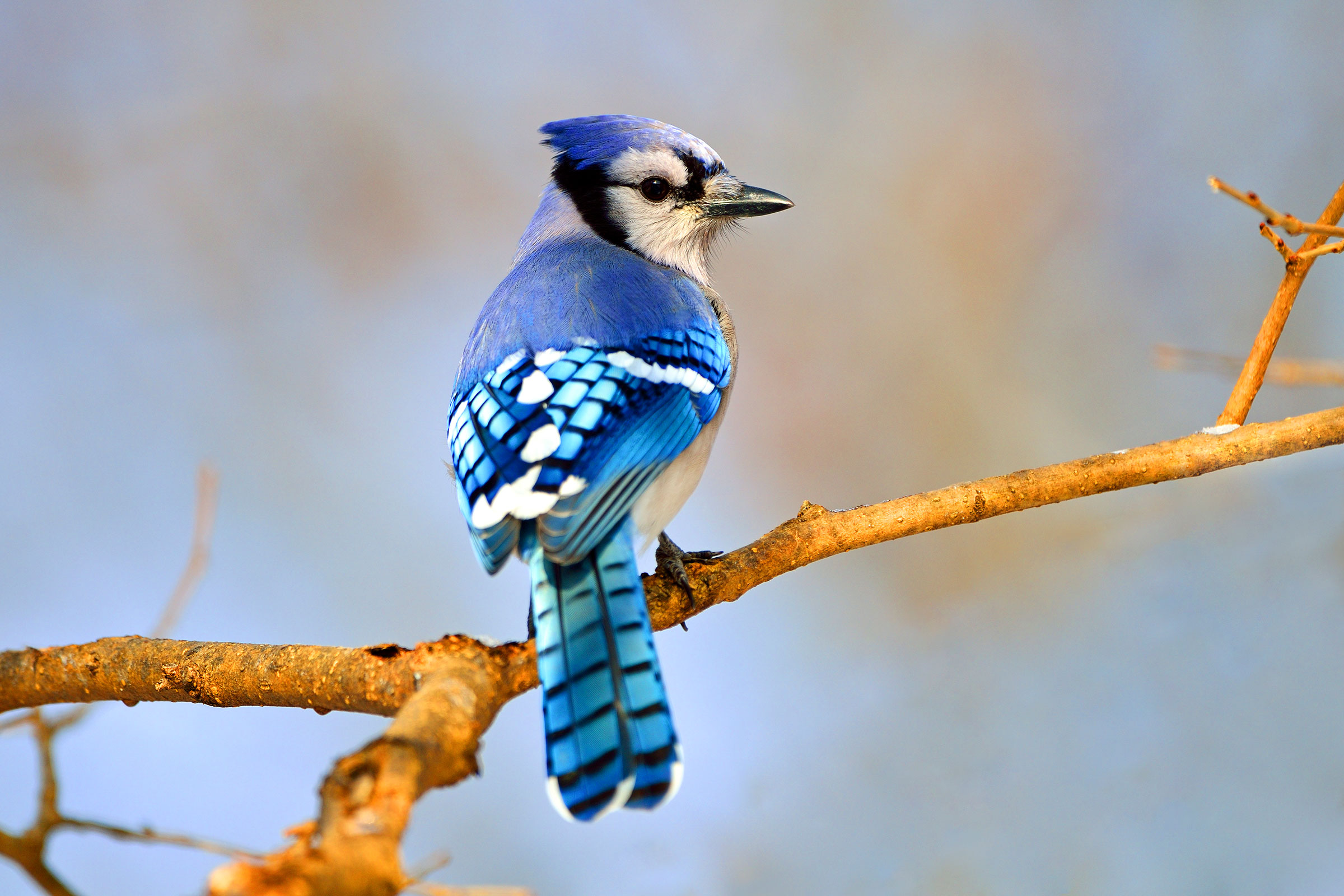



Blue Jay Audubon Field Guide




Art Lander S Outdoors Some Facts About The Blue Jay The Lovable Bully At The Backyard Bird Feeder Nkytribune
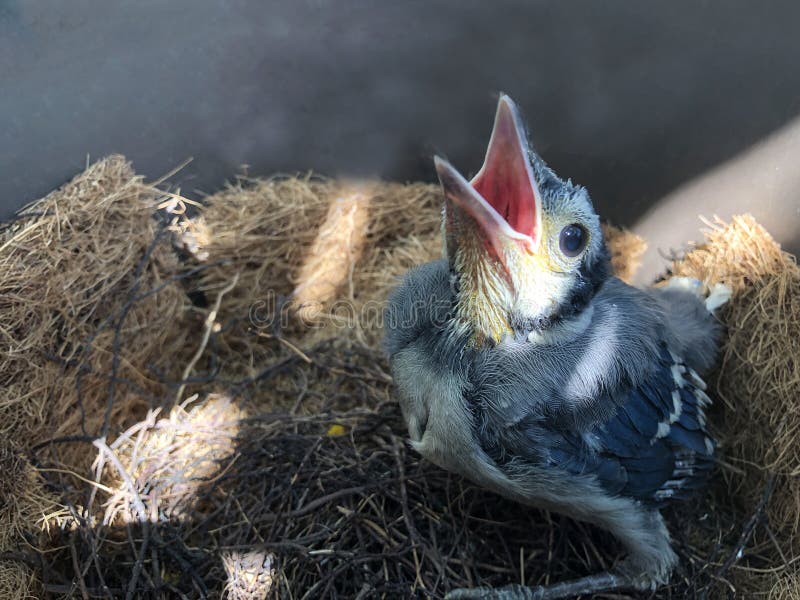



184 Blue Jay Nest Photos Free Royalty Free Stock Photos From Dreamstime




How To Attract Cardinals And Blue Jays To Your Yard




Blue Jay Backyard Enigma Bird Watcher S Digest




Pin By Sabrina Brinkerhoff On Birds Blue Jay Eggs Pet Birds Bird Eggs
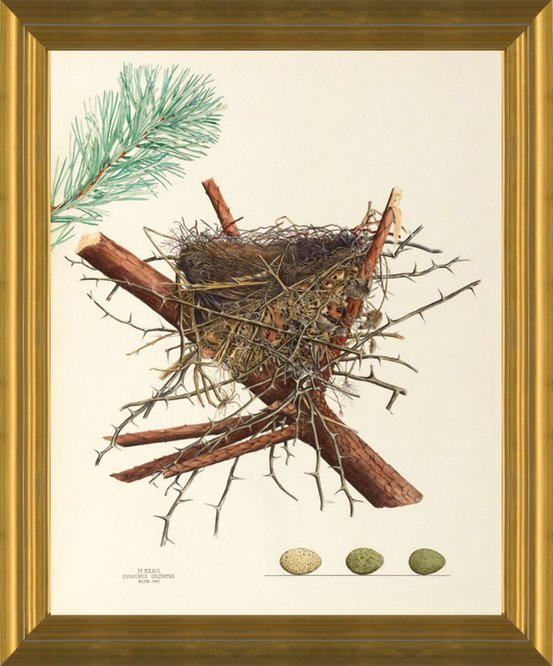



Art Prints Of Blue Jay Nest Plate Xxxvi American Bird Nests




Attract Blue Jays With These 4 Simple Strategies 21 Bird Watching Hq
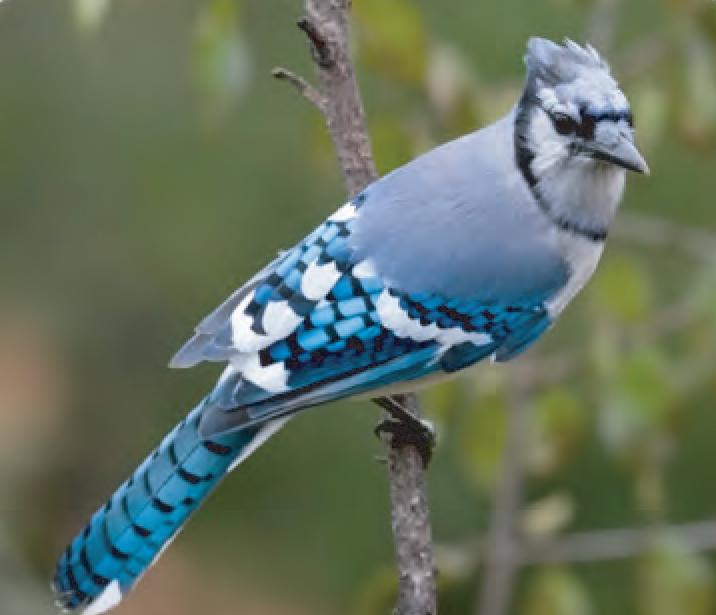



Animal Facts Blue Jay Canadian Geographic
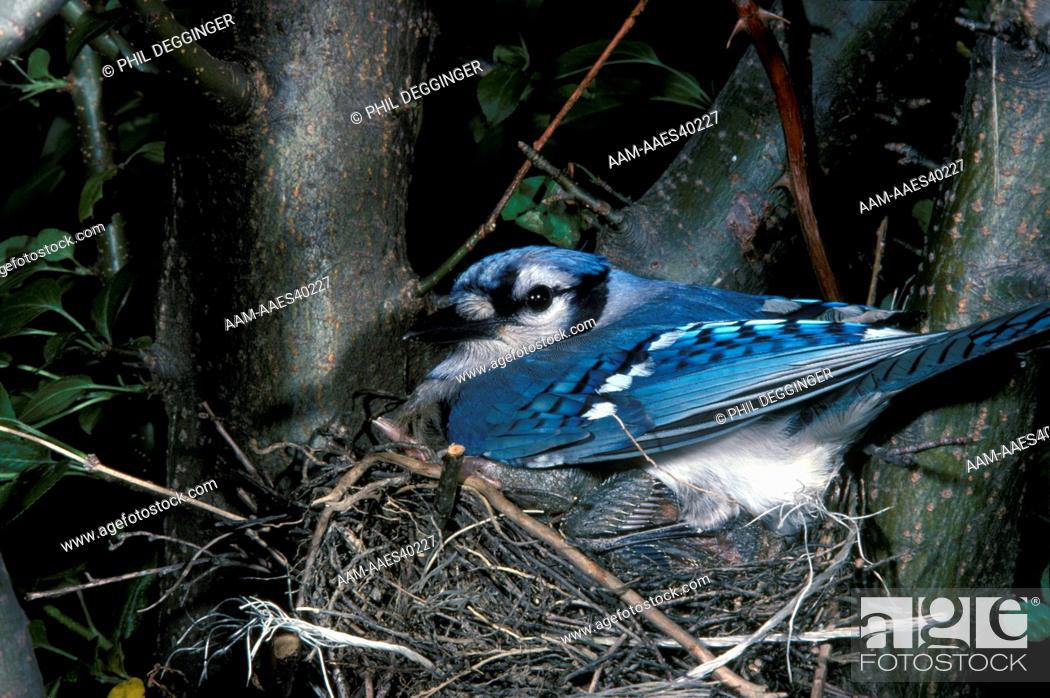



Blue Jay At Nest New Jersey Stock Photo Picture And Rights Managed Image Pic m es Agefotostock




Baby Blue Jays High Resolution Stock Photography And Images Alamy




Breeding Blue Jay Cyanocitta Cristata Birds Of The World




Blue Jay Barrens Bird Nests In The Field




A Mother Blue Jay Feeding Her Hungry Babies Photober Free Photos Free Images For All




Campus Biodiversity Blue Jays




Art Lander S Outdoors Some Facts About The Blue Jay The Lovable Bully At The Backyard Bird Feeder Nkytribune




Blue Jays Birdwatching Facts Blue Jays Birds Birdinformer Com




Nature Notes Blue Jay Harpswell Heritage Land Trust




Understanding An Endangered Species Bird By Bird Newscenter



Foe Or Friend Blue Jays Provide An Important Service To Other Wildlife
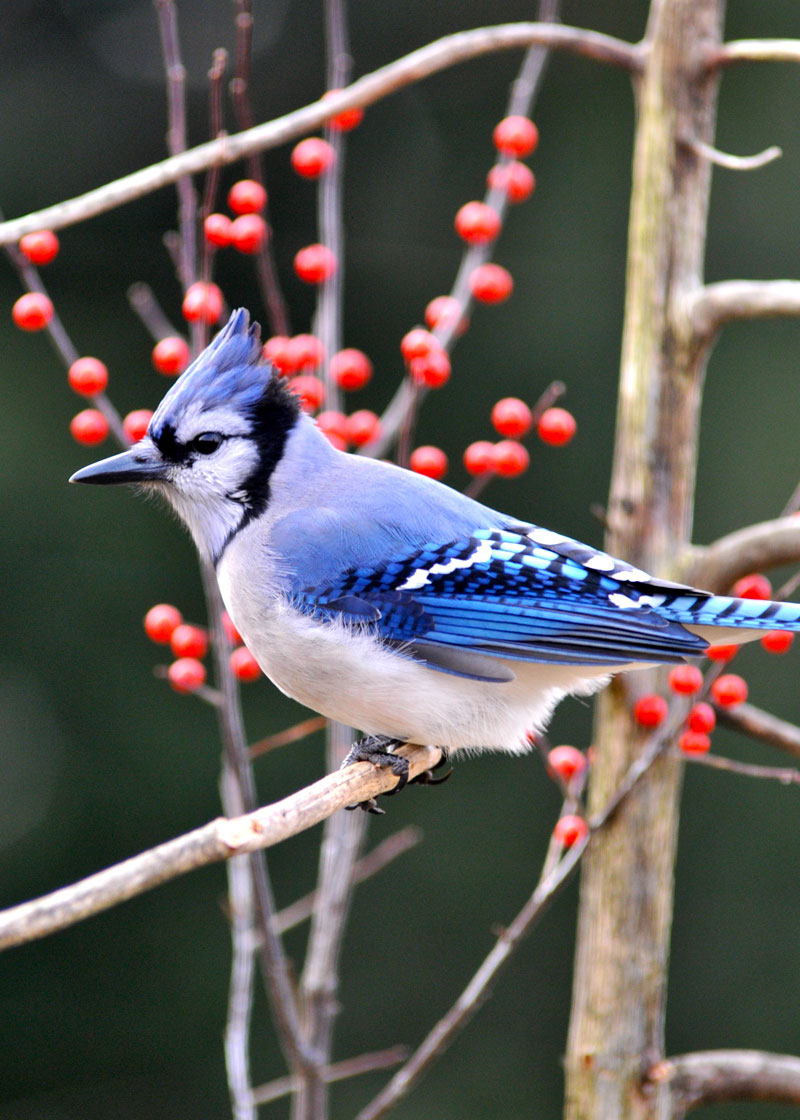



Hinterland Who S Who Blue Jay
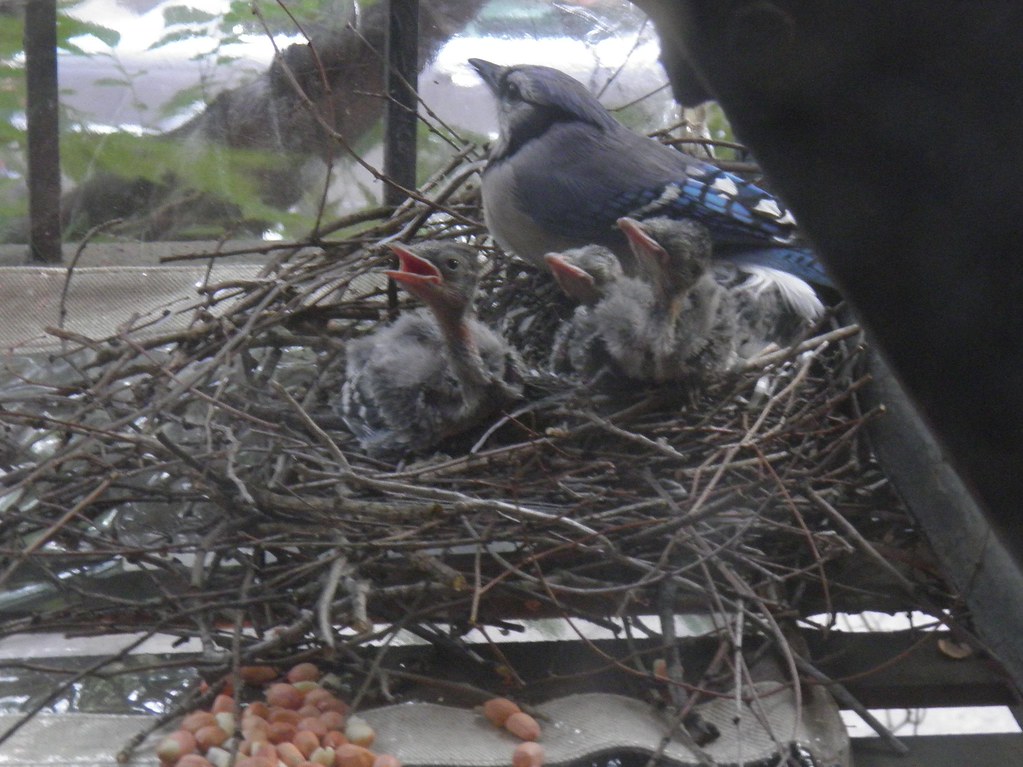



Blue Jays Nesting Outside My Window




17 Wing Tastic Facts About The Blue Jay For Kids
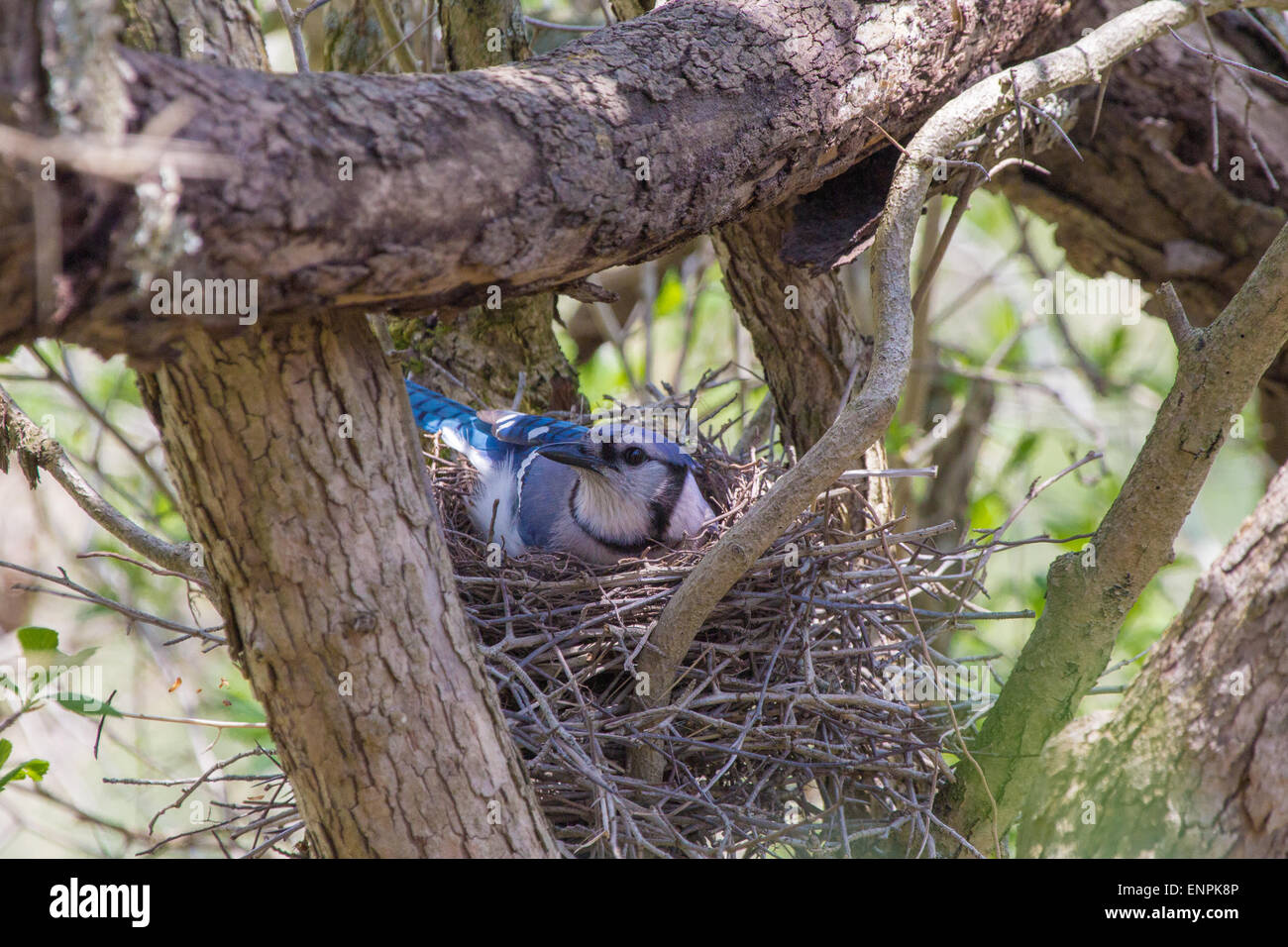



Blue Jay Nest High Resolution Stock Photography And Images Alamy




Blue Jay Bird What Do They Eat Where Do They Nest
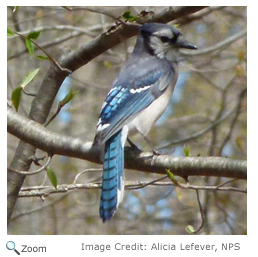



Blue Jay Cyanocitta Cristata Natureworks



Q Tbn And9gcq5exjarllzsb7fjx3rfrubiar9x1i6yy32ujvoxph3xrwey Jr Usqp Cau




Blue Jay Identification All About Birds Cornell Lab Of Ornithology
:max_bytes(150000):strip_icc()/GettyImages-1047980498-8c21e699d4244eee87c09d8e2ef46c2a.jpg)



Blue Jay Bird Facts Cyanocitta Cristata




Nesting Blue Jay Rhode Island Usa Blue Jay Bird Blue Jay Pet Birds



0 件のコメント:
コメントを投稿